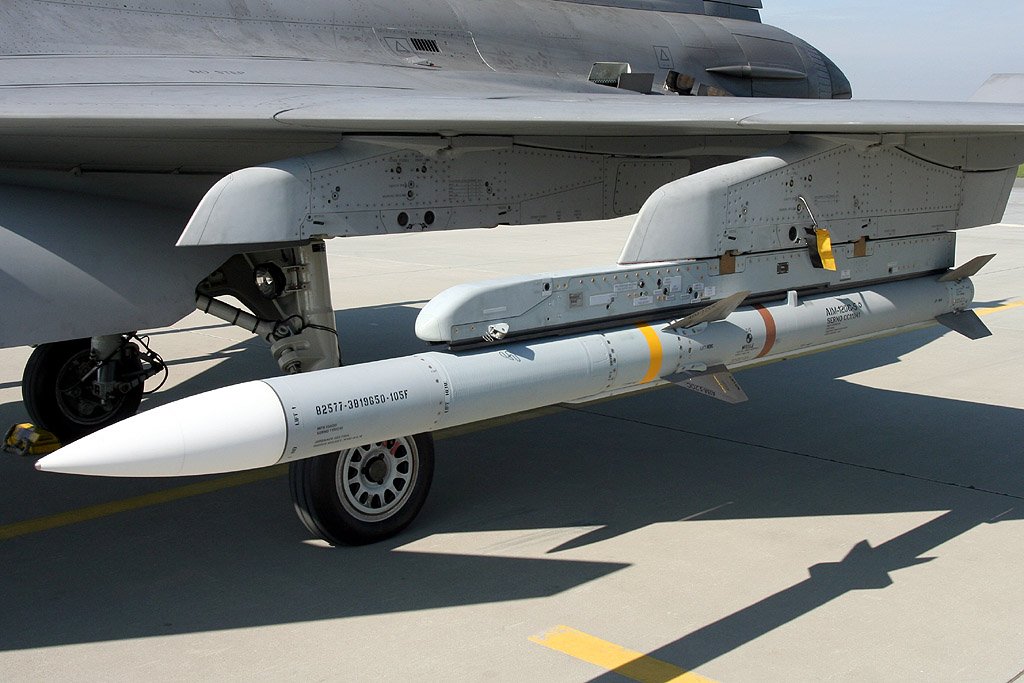

Originally intended for the straight-wing Douglas F6D Missileer and then the navalized General Dynamics–Grumman F-111B, it finally saw service with the Grumman F-14 Tomcat, the only fighter capable of carrying such a heavy missile. It was a large 1,000 lb (500 kg), Mach 5 missile designed to counter cruise missiles and the bombers that launched them. The US Navy later developed the AIM-54 Phoenix long-range missile (LRM) for the fleet air defense mission. It would take decades, and a new generation of digital electronics, to produce an effective active-radar air-to-air missile as compact as the Sparrow. The electronics of the time simply could not be miniaturized enough to make Sparrow II a viable working weapon.

The Royal Canadian Air Force, which took over development in the hopes of using the missile to arm their prospective Avro Canada CF-105 Arrow interceptor, soon followed in 1958. Also, the launching aircraft had to remain pointed in the direction of the target (within the azimuth and elevation of its own radar set) which could be difficult or dangerous in air-to-air combat.Īn active-radar variant called the Sparrow II was developed to address these drawbacks, but the U.S. A disadvantage to semi-active homing was that only one target could be illuminated by the launching fighter plane at a time.
#Aim 120 vs aim 54 series#
Together with the short-range, infrared-guided AIM-9 Sidewinder, they replaced the AIM-4 Falcon IR and radar guided series for use in air combat by the USAF as well. The F-4 carried up to four AIM-7s in built-in recesses under its belly.ĭesigned for use against non-maneuvering targets such as bombers, the missiles initially performed poorly against fighters over North Vietnam, and were progressively improved until they proved highly effective in dogfights. The early beam riding versions of the Sparrow missiles were integrated onto the McDonnell F3H Demon and Vought F7U Cutlass, but the definitive AIM-7 Sparrow was the primary weapon for the all-weather McDonnell Douglas F-4 Phantom II fighter/interceptor, which lacked an internal gun in its U.S. It was effective at visual to beyond visual range. With an effective range of about 12 miles (19 km), it was introduced as a radar beam-riding missile and then it was improved to a semi-active radar guided missile which would home in on reflections from a target illuminated by the radar of the launching aircraft. The AIM-7 Sparrow medium range missile (MRM) was purchased by the US Navy from original developer Hughes Aircraft in the 1950s as its first operational air-to-air missile with " beyond visual range" (BVR) capability. ( May 2021) ( Learn how and when to remove this template message) Unsourced material may be challenged and removed. Please help improve this article by adding citations to reliable sources in this section. This section needs additional citations for verification.


 0 kommentar(er)
0 kommentar(er)
